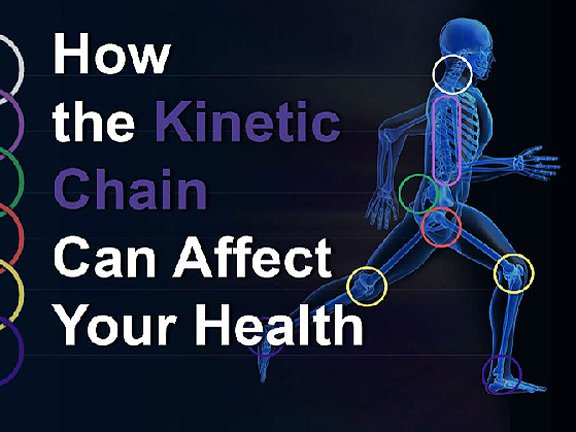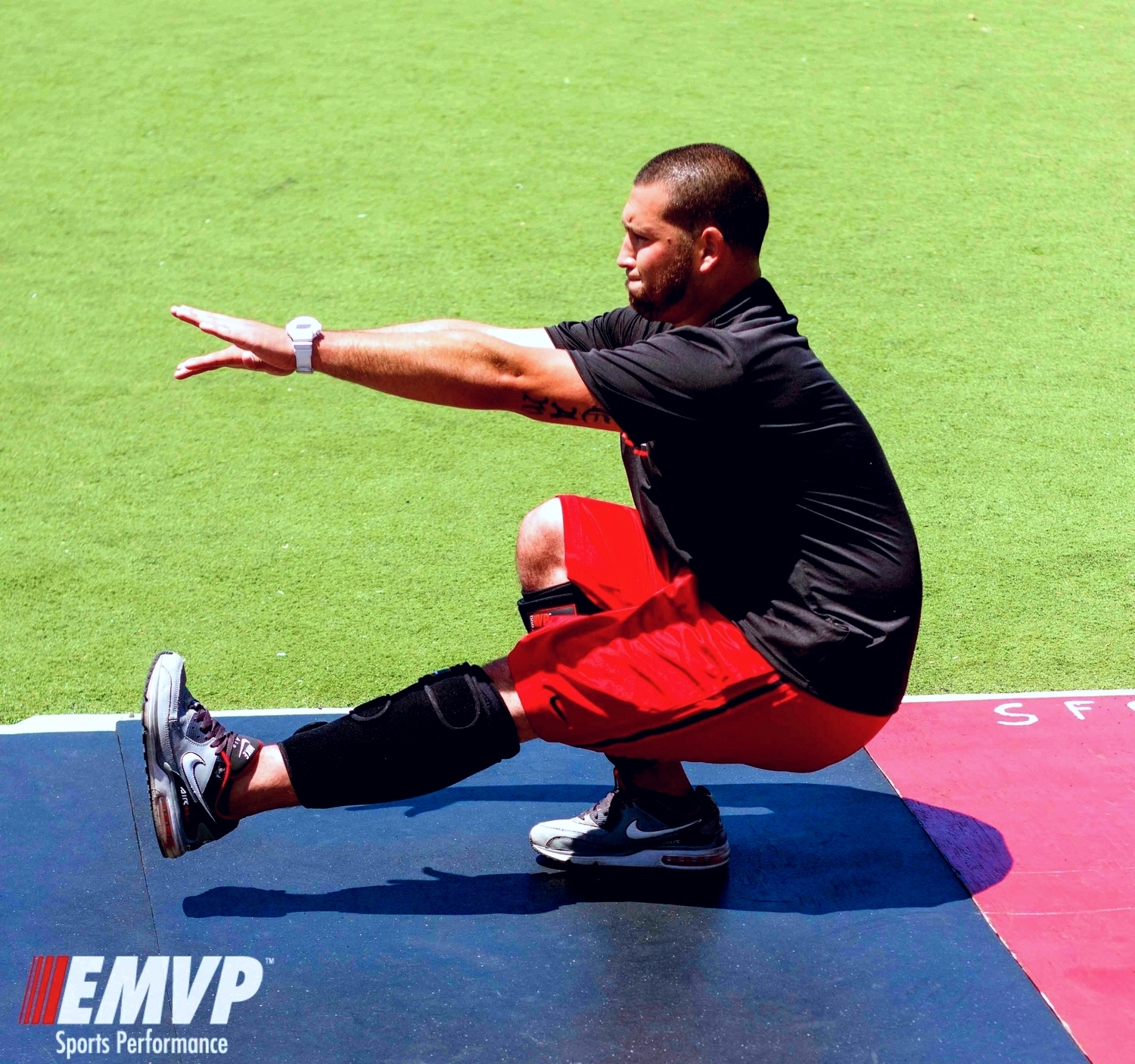STUDIES AND RESEARCH
THE MOST IMPORTANT INFORMATION FOR ANY ATHLETE TO UNDERSTAND
‘Transfer of training’
BENEFITS OF FUNCTIONAL RESISTANCE TRAINING
"The skepticism surrounding the potential benefits of resistance training has evolved over the years to an understanding of the importance muscular overload plays in the training programs of athletes. Resistance training impacts several body systems, including muscular, skeletal, metabolic, immune, neural, and respiratory. Careful selection of the program exercises for a workout should simulate sports-specific movements in order for strength gains made in training to transfer to competition. Thus, whether athletes require predominantly eccentric, isometric, slow-velocity, or high-velocity strength in their athletic event will dictate the time commitment to each component, and form the basis for designing individual workouts. Program variation is essential to maximize gains and prevent overtraining."
Kraemer, W., Duncan, N.D., Volek, J.S. (1998). Resistance Training and Elite Athletes: Adaptations and program Considerations. Journal of Orthopaedic & Sports Physical Therapy.28(2); 110-119
The Leg Speed Weights are built to improve athletic performance. Innovation always demands proof, and that’s just what we set out to achieve.
We conducted 2 studies – one lab based with football kickers/punters, where we partnered with Jeff Wolfert (KC Kicking) and DARI Sports Lab. Jeff and DARI created a software that analyzes the athlete's leg swing patterns and the consistency of the swing. (Check out their video here). The football kickers trained for 6 weeks with the Leg Speed Weights and Kicking Velocity Program.
Our other study was all field based with soccer players. They trained for four weeks. We tested running speed, kick distance, ball velocity after a strike, and leaping height.
In both studies, all the athletes were tested at the start and at the end of their training period.
The RESULTS? – Technique and Accuracy Skyrocketed. Because of this, we saw dramatic improvements across the board in speed, ball velocity, kick distance, hang time, balance, and leaping height.
When technique improves, it all comes together, and less effort is needed to carry out the movement.
TRAIN SMART. TRAIN SPECIFIC. SEE RESULTS.
ONE OF THE MOST IMPORTANT FACTS FOR ANY ATHLETE TO UNDERSTAND ABOUT STRENGTH TRAINING. IT IS THE COMBINATION AND BALANCE OF SPECIFIC (TRADITIONAL) WEIGHT LIFTING AND 'FUNCTIONAL STRENGTH TRAINING' THAT WILL YIELD THE BEST RESULTS.
Traditional Weight Training
Focuses on one muscle at a time
You're in a seated or supported position
Overuses forward/backward plane of motion
Slow movement speeds
Not related to movements on the field or court
Results in tightening of muscles
Non-challenging postural positions
Range of motion restricted
Develop more bulging, bulky, swollen muscles
Can lead to muscular imbalances/overuse issues
Controlled and less effective movement patterns
Shortening of muscle tissue
Functional Strength Training
Use of many muscles simultaneously
Need to stabilize self
Uses all three planes of motion equally
Mirrors your movements on the field or court
Core muscles actively engaged
Allows for maximum strength capacity
Improves posture and body position
Complete activation of muscles
Longer, more natural looking muscles
Helps prevent injuries
Purposeful movement patterns
Lengthening of muscle tissue
PERFORMANCE & THE KINETIC CHAIN
An athlete with repeatable mechanics (such as a kicking athlete) is apt to hide an imbalance or problem within their kinetic chain much longer than others. They not only can lose distance or power on their kicks, they may even think that they have an injury, when most likely they do not. It could be a major clog in their kinetic chain that is a direct result of limited, or non-existent flexibility or lack of strength in an underdeveloped muscle. In general, most kicking athletes are imbalanced; they have tight, weak hamstrings and strong quadriceps. This is why we hear about so many hamstring injuries with kicking athletes.
The constant resistance from our Leg Speed Weights strengthen and balance all the muscles within the kicking kinetic chain. For example, when you perform an exercise or a functional movement (such as a kick) wearing our Leg Speed Weights, your muscles are now challenged concentrically (quads) and eccentrically (hamstrings). Both are working equally due to the added weight. This develops and strengthens your leg muscles as one solid unit. It is very important to develop your legs as a complete unit, as hamstrings play a major role in forward propulsion and transferring power between hip and knee joints. If they are well balanced in strength with the rest of your legs, imagine how much more force you can apply. This is also a good step toward preventing injury.
ECCENTRIC TRAINING
"The primary purpose of this study was to evaluate whether a preseason strength training program for the hamstring muscle group – emphasizing eccentric overloading – could affect the occurrence and severity of hamstring injuries during the subsequent competition season in elite male soccer players. Thirty players from two of the best premier-league division teams in Sweden were divided into two groups; one group received additional specific hamstring training, whereas the other did not. The extra training was performed 1–2 times a week for 10 weeks by using a special device aiming at specific eccentric overloading of the hamstrings. Isokinetic hamstring strength and maximal running speed were measured in both groups before and after the training period and all hamstring injuries were registered during the total observational period of 10 months. The results showed that the occurrence of hamstring strain injuries was clearly lower in the training group (only 3 out of 15) than in the control group (10 out of 15 injured). In addition, there were significant increases in strength and speed in the training group. These results indicate that addition of specific preseason strength training for the hamstrings – including eccentric overloading – would be beneficial for elite soccer players, both from an injury prevention and from performance enhancement point of view."
C. Askling, J. Karlsson, A. Thorstensson. (2003). Hamstring injury occurrence in elite soccer players after preseason strength training with eccentric overload. Scandinavian Journal of Medicine & Science in Sports: 13(4), 244-250.






